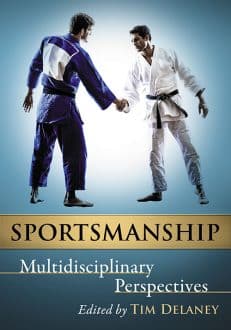
Henry Mancini’s Peter Gunn theme. Lalo Schifrin’s Mission: Impossible theme. Isaac Hayes’ theme from Shaft. These iconic melodies have remained a part of the pop culture landscape since their debuts back when movie studios and TV production companies employed full orchestral ensembles to provide a jazz backdrop for the suspenseful adventures of secret agents, private detectives, cops, spies and heist-minded criminals. Hundreds of additional films and television shows made from the mid–1950s and beyond have been propelled by similarly swinging title themes and underscores, many of which have (undeservedly) faded into obscurity. This meticulously researched book begins with Hayes’ game-changing music for Shaft, and honors the careers of traditional jazz composers who—as the 1970s gave way to the ’80s and beyond—resolutely battled against the pernicious influx of synth, jukebox scores and a growing corporate disinterest in lavish ensembles. Fans frustrated by the lack of attention paid to jazz soundtrack composers—including Mort Stevens, Laurie Johnson, Mike Post, Earle Hagen, David Shire, Elmer Bernstein and many, many others—will find solace in these pages (along with all the information needed to enhance one’s music library). But this is only half the story; the saga’s origins are discussed in this book’s companion volume, Crime and Action Jazz on Screen: 1950-1970.




